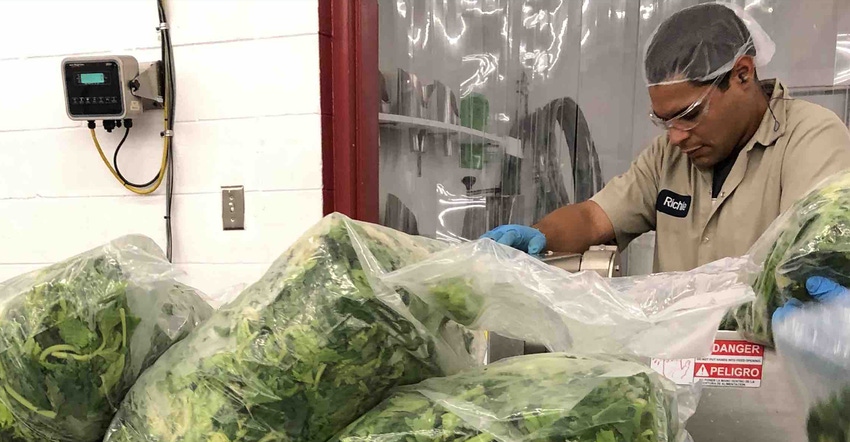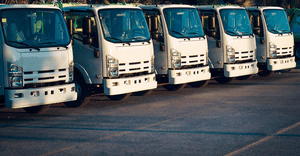How Upcycling Fights Food Insecurity and Climate Change - Part 2

The U.S. Department of Agriculture estimates that between 31% and 40% of U.S. food supply is lost throughout the supply chain each year - or almost 80 billion pounds.
Social enterprise business Matriark Foods has tapped into the supply chain to redirect produce remnants to families facing food insecurity.
Anna Hammond, Founder and CEO, Matriark Foods, explained how working with farmers and producers to divert surplus into healthy, affordable products for food services could change the world.
Before launching the company, Hammond was involved in a healthy eating program for youth and families living in New York City's public housing - the largest in the United States. Connecting the dots between surplus food and impoverished populations led to the initial idea for a service that would shape local food systems without increasing production.
"But really looking across the supply chain at what was going to waste in the field, but also in processing facilities," Hammond said. "And seeing that as a food source for food insecure people in a world where, you know, some say almost 50% of food goes to waste. So really, if we solved this issue, through business and some nonprofit work, we would be able to feed the world with what we already have."
Up to 25 billion tons of perfectly usable vegetable scraps go to landfill each year, according to the company. Matriark's first product is an upcycled vegetable brother concentrate made from the fresh cut remnants of carrots,celery and onions. The vegetables are byproducts of the carrot sticks and celery sticks normally seen in packages on grocery store shelves.
Hammond explained: "Imagine all the carrot and celery that's not there. In addition to onions, slicing facilities that are doing perfect circular onion slices for restaurant chains and, until working with Matriark, were throwing out two thirds of the onion. So, our supply chain is pretty interesting."
Capturing some of those scraps or a portion of the 20 billion pounds of imperfect produce that never make it to store shelves is how upcycled food companies are making supply chains viable and safe. For the 13 million children in the nation that experience hunger each year, access to nutritious food that would otherwise be thrown out is a no brainer.
"What we're all trying to do is create good business models for industry, from small to large, to utilize all of the product that already has been grown, harvested, transported or in some cases lightly processed," she said.
Hammond added that not all upcycled businesses are focused on massive changes to food systems. Each entity is chipping away at the $161 billion of food surplus that is generated each year, whether it is making snacks, broth or other products.
"Everyone is contributing to the change of the food system for the better of the environment, if not, also for greater health of all peoples," she concluded.
Editor's Note: The Northeast Recycling Council recently hosted a webinar that explored the state of upcycled food. In this three-part series, readers will have an in-depth look at how organizations and researchers are working to divert food waste into new products, or upcycling. In part one, Turner Wyatt, CEO of Upcycled Food Assocation, describes how upcycled food organizations are collaborating to find solutions too food insecurity and waste. In part two, Anna Hammond, Founder and CEO, Matriark Foods, discussed the current state of the food supply chain. In part three, Dr. Jonathan Deutsch, professor and director at Drexel University's Drexel Food Laboratory, talks about the social and economic value of upcycled food products. The webinar can be viewed in its entirety here.
About the Author(s)
You May Also Like




